While attending the Giving Voice conference at the V&A I heard a lot of talk about engaging the community in direct arts participation. In most of the cases cited the participation was led by an outside Artist delivering a one-off project – eg Babel. Sometimes participants were included within a professional framework – eg Young Vic. Occasionally community participants work alone but it tends to be on an extant script – eg the Peoples Theatre Company in Sheffield. I started to think that what we do might bear examination.
It became clear that this is a hot topic. People are holding certain positions. Equity worries about jobs. ACE worries about excellence. Writers worry about the status of writers. Participatory practitioners worry about an accessible process.
Meanwhile Robert Hewison crunched the stats before and after the huge investment in theatre following the Boyden report in 2000 and showed that the numbers and type of people attending theatre has flat-lined. Somewhere between 35% and 39% of adults attend at least once a year. In 2000 67% of those attending came from ABC1 sectors. More recent (subtle?) reports state that Arts attendance is driven by a concept of identity and lifestyle “who we think we are”.
All this set me thinking that what we do is quite unusual and possibly important. So I want to take a moment to describe it and then look at how we might develop our practice.
BUBBLE CURRENT PRACTICE
Broadly we make original work in collaboration with participants. This goes through a number of stages (and I am leaving wider marketing and fundraising out of it for the moment).
First we IDENTIFY the SUBJECT . Taking From Docks to Desktops as an example, the subject of work came out of the research done during Grandchildren of the Blitz. While developing the idea we talked to other older people, some community groups and members of the BAD group about it.
We then go into a stage of GATHERING and absorbing MATERIAL. Testimony, images, skills, opinions. For Grandchildren of the Blitz we read books, learned to dance, cooked food and listened to those who were there. Quite immersive and inclusive.
The third stage is EXPLORING the material and DEVELOPING suggestions as to how it might be THEATRICALISED. For GOTB, Jools and I led a group of about 25 aged between 9 and 60something through a term long “laboratory”, trying out ways that might animate the material for the audience in a visceral way.
We then handed it all over to the specialist SCENOGRAPHERS, Simon, Pip and Holly (Myles the sound had been present during the previous stage to play the testimony in rehearsals). They could be called Artists, but the artistry of the participants had been constantly in evidence. The specialists attended the latter stages of the lab, and then took the material away to write and design.
The Scenographers returned about a month later and everyone read the script and looked at the designs. And we took FEEDBACK following which the scenographers RE-DRAFTED their work.
Meanwhile a wider shout-out was made, we closed some of the ongoing participatory groups and gathered an intergenerational group of 50 which boiled down to a core “squad” of just under 40. Who REHEARSED the script, while the design was realised.
We then PERFORMED the piece to wider audiences.
To summarise, the steps are…
1. Identify subject
2. Gather (material)
3. Explore (the material)
4. Scenographise (script and design)
5. Review and re-draft
6. Rehearse
7. Perform
It is interesting to consider to what extent our other projects go through a similar looping and interactive process. The Great Outdoors did most of these but jumped over the shared Reviewing and Re-drafting stage – which might have addressed soem of the teenagers responses. LB+ follows a similar process but doesn’t tend to Gather material as widely as the oral history pieces (although the Housing piece may). Sometimes Speech Bubbles goes through many of these stages when making a shared story. My Home didn’t involve non professional performers.
The process is quite a few inherent strengths:
· The subject has to mean something to a broad range of people
· The gathering process can deal with a wide range of offers – from many media, from academic expertise to expertise in life
· It offers a clear and exciting role for specialist artists.
· It allows time for a particular type of theatre to emerge
· It has tentacles that draw in a broad audience
However there are things we need to develop
· How we focus down on the subject
· How we make this process clear to everyone involved
· How we mediate the review and re-draft stage
· How we talk about this to those who hold quite rigid positions about “community” work
NEXT STEPS
· I think we need to think about the language – what is this theatre called and what word do we use to describe the people who do it ?
· We need to identify what it contains and encourages that us new and useful ?
· We need to think about who might be interested in helping us develop this practise ?
· We should continue to develop the edginess. How can this sort of work challenge – how can it “not only heal a wound but pull the wound open for examination?” (David Lan) ?
· And we need to bear in mind that all this is underpinned by our ongoing workshops. It wouldn’t be possible if we didn’t offer weekly sessions.
